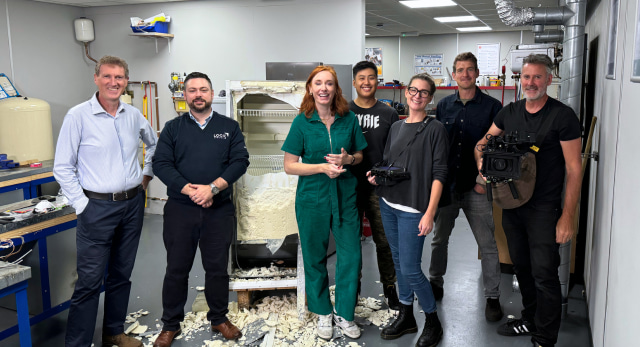NICEIC has produced an interesting guide which covers the risks that should be considered when mounting electrical equipment in loft spaces in domestic premises.
You may be aware already that in the installation of electrical equipment in loft spaces of domestic properties is becoming more common. Therefore, this guide will discuss some of the risks that should be considers when mounting equipment in loft spaces. This includes the following;
Back to Insights
- Central heating boilers
- Inverters for solar photovoltaic systems
- Water pumps and similar types of equipment that typically require infrequent handling or visual monitoring
Risks
Whenever electrical equipment is installed in a loft it needs to be accessible so contractors can carry out the necessary maintenance and repairs. (Regulation 132.12 of BS 7671 refers). The equipment also needs to be on a safe, working platform with adequate lighting to avoid hazards when contractors enter the loft. (Regulation 15 of the Electricity at Work Regulations 1989 refers). Without the above, both the occupants and contractors could be put at risk.Guidance: BS 5839-6
Clause 11 (Location and siting of fire detectors) - In cases where certain electrical equipment is mounted in the loft, a Category LD2 system might incorporate a smoke detector within the loft space. Clause A.6 of Annex A (Consideration of ignition sources) - Electrical appliances and wiring are the second most common source of ignition of accidental fires in dwellings. Electrical equipment mounted in lofts contribute to the fire statistics and, where the loft is selected for mounting such equipment, there might be justification for a fire detector*. Clause 4.2 - Fire detectors in single-family domestic premises are generally mounted in kitchens, hallways, landings and lounges to form a Grade D Category LD2 fire detection and fire alarm system for protection of life. However, the fire risk assessment may identify additional risk factors which may warrant, for example, a fire detector in the loft Clauses 11.2(n) and 12.2(a) - Should a fire detector be selected for the loft, it must, amongst other things, be accessible for maintenance and have accessible means of being silenced in the event of a false alarmFire Risk Assessment
In order to work out if a fire detector is need in the lof space a fire risk assessment must be taken into account in addition to the following;- The probability of fire occurring in the location
- The probability of early detection and warning to occupants before significant fire spread occurs.









